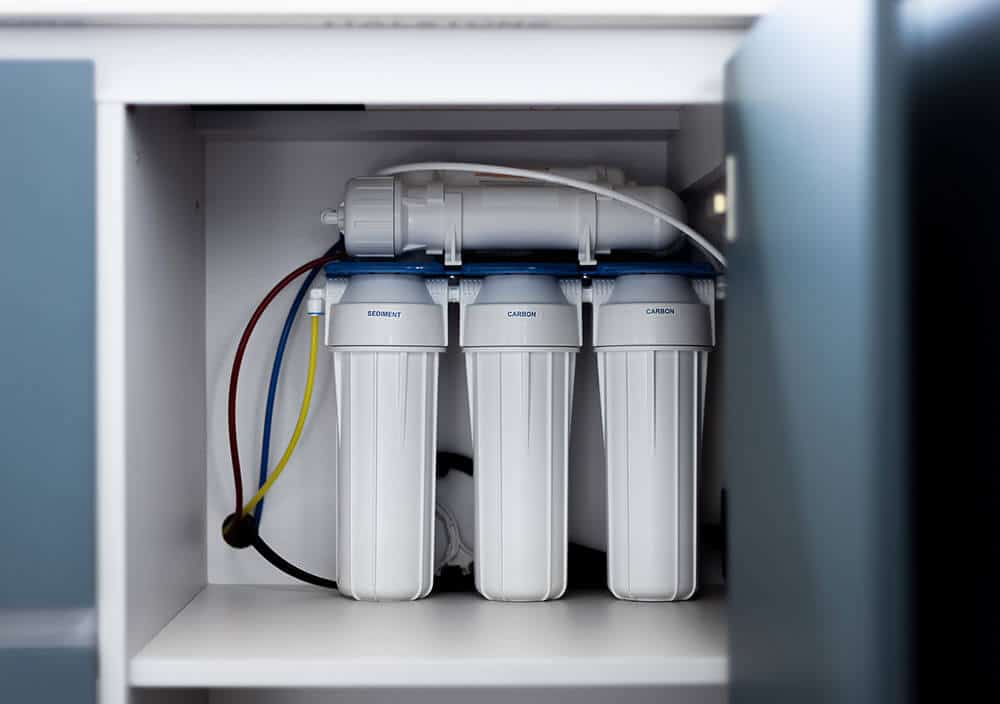Water, the elixir of life, is indispensable for our well-being. However, with increasing industrialization and pollution, ensuring the purity of our water sources has become a paramount concern. Water filtration and purification systems have emerged as essential tools in this quest for clean water. This article aims to provide an in-depth exploration of these systems, covering everything from the contaminants they combat to the various types available and the environmental impact of their usage.
Understanding Water Contaminants:
Water, seemingly clear and innocuous, can harbor a multitude of contaminants. Bacteria, viruses, chemicals, and heavy metals are common culprits that compromise water quality.
Understanding the nature of these contaminants is vital for choosing the most effective water filtration system.
Types of Water Filtration Systems:
Diversity is the hallmark of water filtration systems. Activated carbon filters excel at removing organic compounds, reverse osmosis systems tackle a broad spectrum of contaminants, UV purifiers neutralize microorganisms, and distillation ensures the purest water.
Each system has its unique approach to water purification, catering to specific needs and conditions.
Choosing the Right System for Your Needs:
Selecting the appropriate water filtration system demands a consideration of various factors. Water quality, budget constraints, and maintenance requirements are key elements to weigh.
Customizing the choice based on individual needs ensures optimal effectiveness and efficiency.
Benefits of Water Filtration and Purification:
The advantages of utilizing water filtration systems extend beyond mere taste improvement. These systems eliminate odors, remove harmful contaminants, and contribute significantly to overall health and well-being.
Access to clean water promotes a healthier lifestyle and safeguards against waterborne diseases.
Installation and Maintenance Tips:
Installing a water filtration system is a proactive step toward ensuring clean water. Practical guidance on installation, coupled with comprehensive maintenance tips, ensures the longevity and optimal functioning of these systems.
Regular filter replacements, proper cleaning procedures, and addressing common issues are crucial aspects of system upkeep.
Environmental Impact:
Considering the environmental impact of water filtration methods is essential in our pursuit of sustainability. Certain systems, such as activated carbon filters, are eco-friendly options that contribute to reducing plastic waste associated with bottled water consumption.
Choosing environmentally conscious options aligns with our responsibility to protect the planet.
Water Filtration Myths and Facts:
Debunking common myths surrounding water filtration is crucial for informed decision-making. From misconceptions about the capabilities of certain systems to the belief that all water contaminants are removable, separating fact from fiction empowers consumers to make educated choices.
Importance of Regular Testing:
The efficacy of water filtration systems is contingent on regular testing. Periodic assessments of water quality help identify changes and ensure that the filtration system remains capable of addressing evolving contamination levels.
Proactive testing is a preemptive measure to safeguard against potential health risks.
FAQs:
Q1: How does a reverse osmosis system work?
A1: Reverse osmosis employs a semi-permeable membrane to separate impurities from water, utilizing pressure to allow only pure water molecules to pass through.
Q2: Are water purification tablets safe for long-term use?
A2: While effective in emergencies, prolonged use of purification tablets may have health implications due to chemical additives. Consider alternative filtration methods for regular, daily use.
Q3: Can water filtration systems remove all contaminants?
A3: No system can eliminate every contaminant. Different systems target specific pollutants, necessitating a choice aligned with the contaminants present in your water source.
Q4: How often should water filters be replaced?
A4: Filter replacement frequency varies by type. Generally, it’s advisable to replace filters every 3-6 months, but adhering to manufacturer guidelines ensures accurate maintenance.
Q5: Are whole-house water filtration systems worth the investment?
A5: Whole-house systems offer comprehensive water treatment for all household sources. While the initial cost may be higher, the long-term benefits and convenience often justify the investment.
Conclusion:
In conclusion, water filtration and purification systems are indispensable tools for enhancing our health and ensuring a sustainable future. By comprehensively understanding the types available, tailoring choices to individual needs, and embracing environmentally conscious practices, we can collectively contribute to a world where clean and safe water is accessible to all. As we navigate the complexities of water quality, these systems stand as guardians of our health and the environment, promising a future where clean water is not just a privilege but a fundamental right.

A group of home improvement enthusiasts and bathroom design experts, combines in-depth knowledge and a shared passion to deliver engaging, informative content that guides readers through the world of bathroom innovation and style.

Leave a Reply